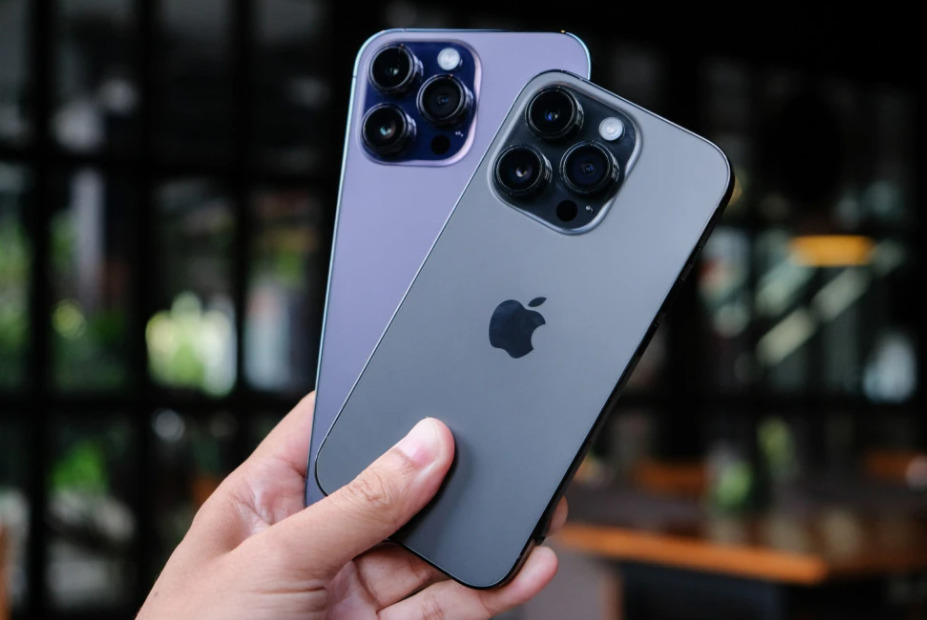Apple plans to stop selling the iPhone SE and iPhone 14 series in the European Union by the end of 2024 due to the EU’s new regulation on the universal USB-C charging port, which will come into effect in January 2025.

The models affected by this decision are the third-generation iPhone SE, iPhone 14 and iPhone 14 Plus. All of these devices currently use Apple’s proprietary Lightning connector for charging, so they do not meet the requirements of the upcoming EU regulation that requires all new mobile phones, tablets and cameras sold in the European Union to support charging via USB-C. The news is reported by the French portal iGeneration on its pages by 9to5mac.
Will be sold in other markets
Rather than developing new versions of these models with USB-C connectors, Apple has decided to stop selling them earlier than usual for the product’s lifecycle. Apple is expected to continue selling these models in other markets until their natural end of life. Outside the EU, the iPhone SE will likely remain available until the new model, while the iPhone 14 series is expected to be sold by the end of 2025.
The fourth-generation iPhone SE will arrive in the spring
Apple is preparing for the next generation of its affordable iPhone. The fourth-generation iPhone SE, expected to be released in spring 2025, will feature a USB-C port to comply with new EU regulations. Rumor has it that this upcoming model will adopt a design similar to the iPhone 14, with a curved screen, improved camera capabilities, and a new charging standard.
All to USB-C – EU environmental goal
The move to USB-C is not limited to iPhones. Apple has already introduced USB-C on its latest iPhone 15 line, as well as the AirPods and AirPods Max charging cases. This move towards a universal charging standard is expected to simplify the charging experience for consumers and reduce e-waste, which is in line with EU environmental goals.
The EU mandate for USB-C, formally adopted in October 2022, plans to standardize charging for a wide range of electronic devices. It’s the first regulation of its kind globally and is designed to reduce the number of chargers and cables that consumers have to buy with new devices.
The company is even rumored to be exploring the possibility of a plug-less iPhone in the future, which could potentially bypass the need for any physical charging port.








